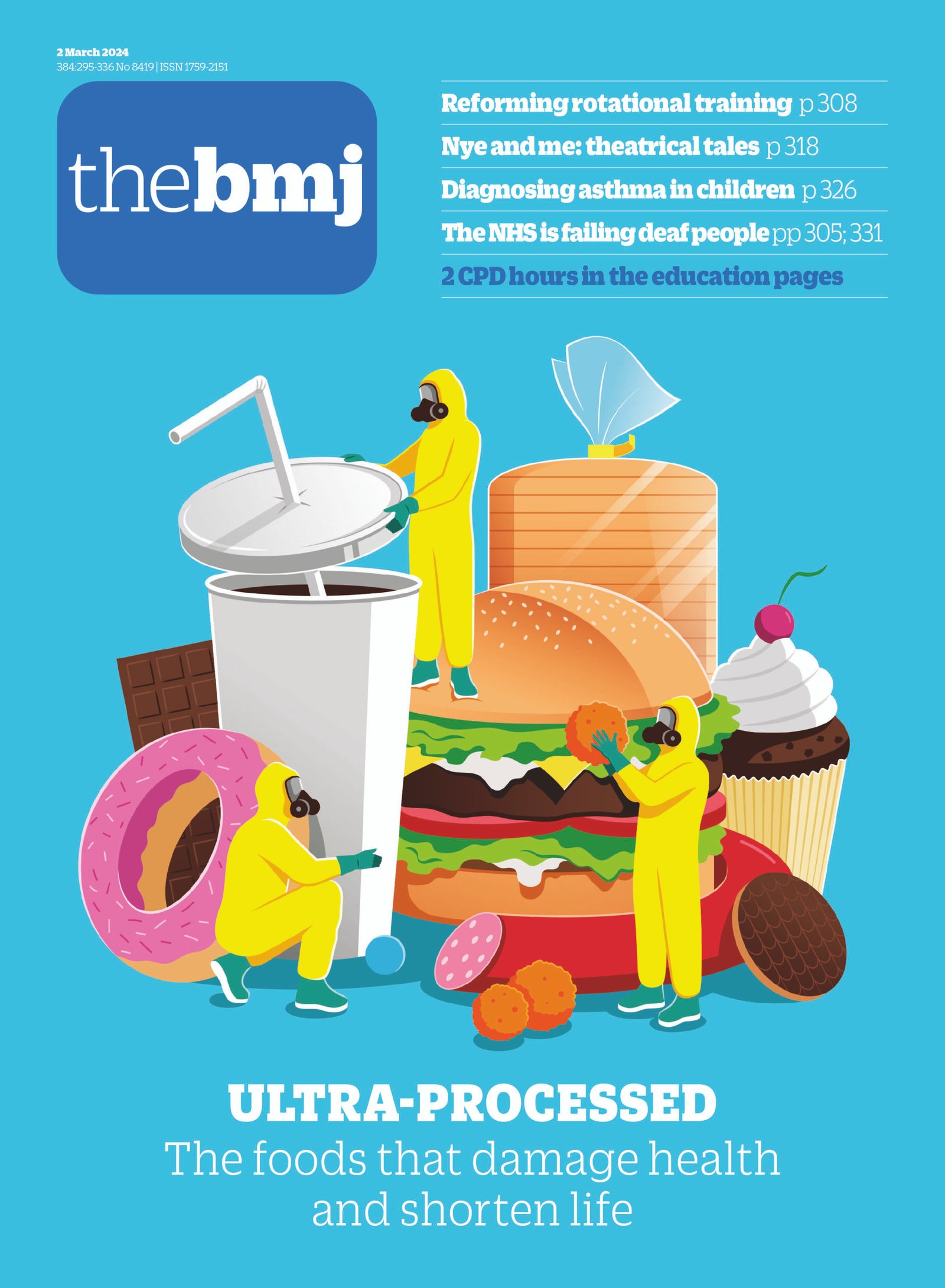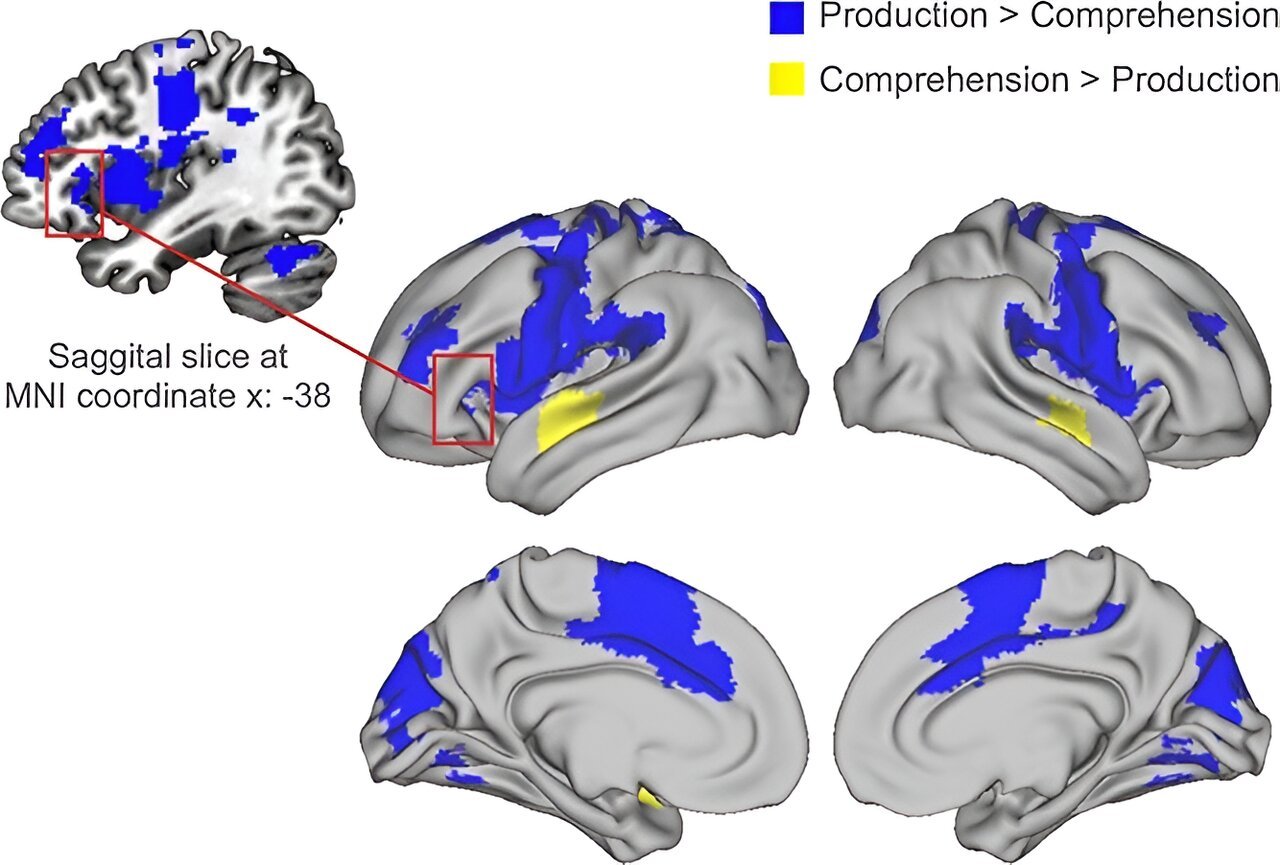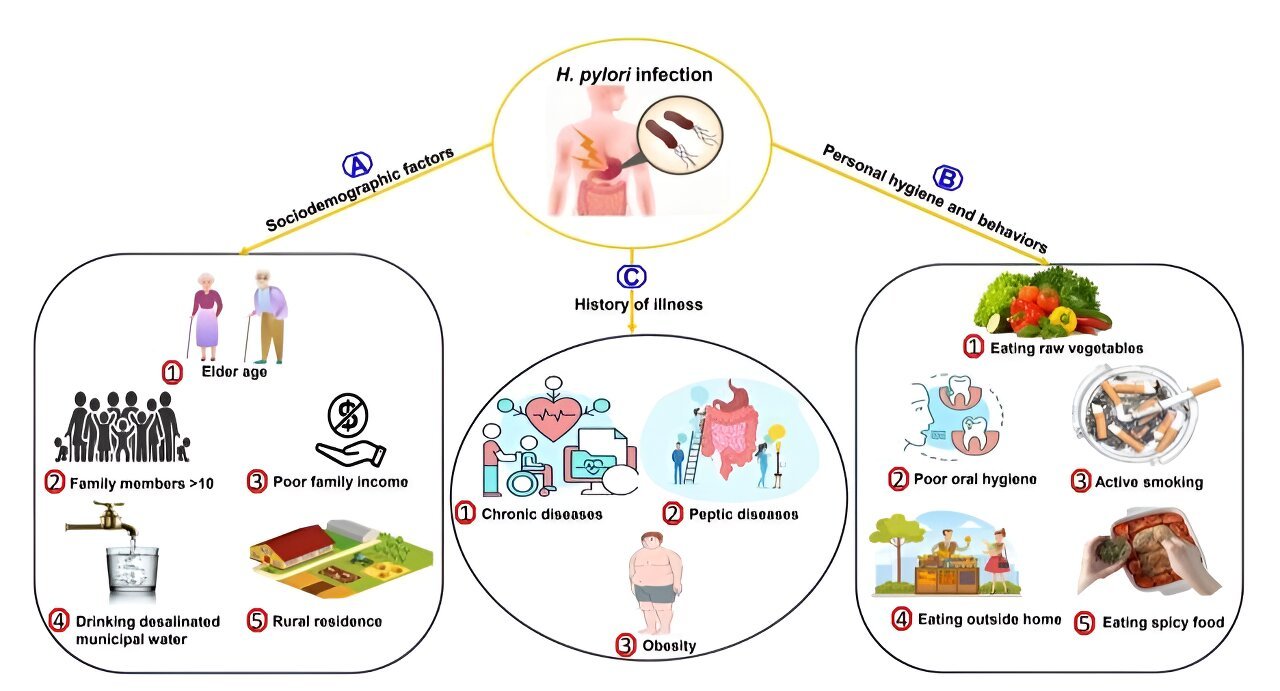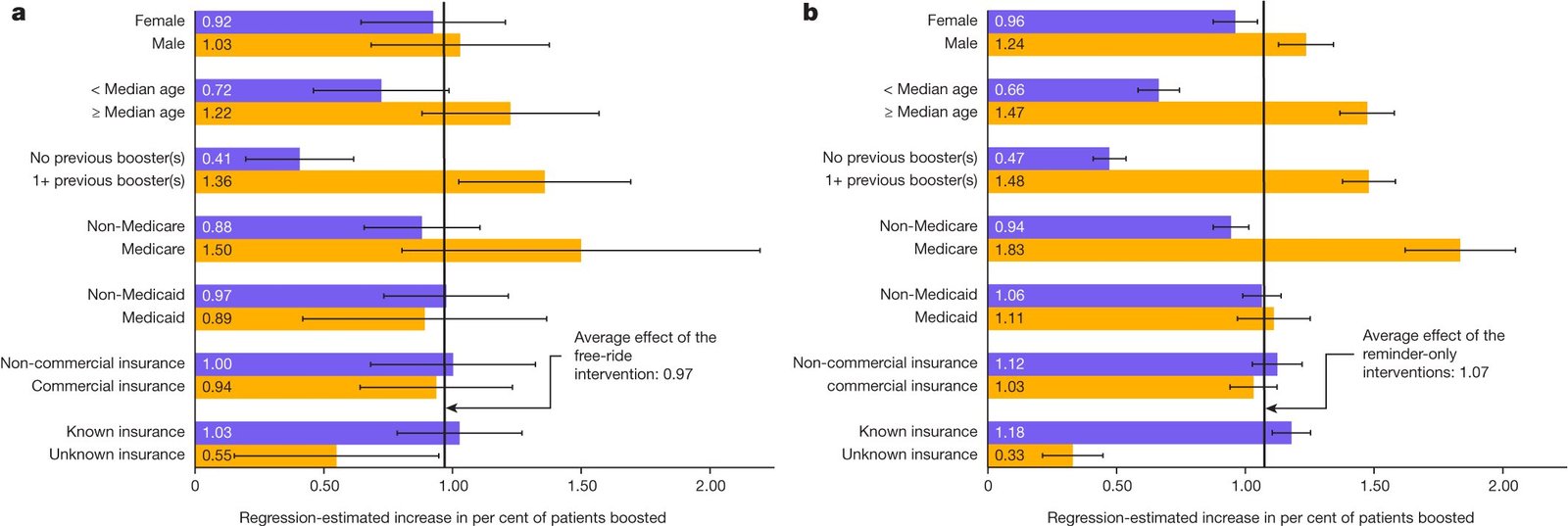- Yaguang Wei, research associate,
- Joel Schwartz, professor of environmental epidemiology
Numerous studies have identified fine particulate matter (PM)2.5, a critical component of air pollution, as a risk factor for cardiovascular disease.1 In a notable update in 2021—the first since 2005—the World Health Organization tightened its air quality guidelines for PM2.5.23 The updated guidelines recommend an annual average level not exceeding 5 µg/m3, substantially lower than the previous limit of 10 µg/m3. It is much lower than the new standard of 9 µg/m3 for the United States and is also well under the 20 µg/m3 threshold set by the United Kingdom and Europe. A recent proposal by Europe suggests only a modest tightening of their standard. This update is a big step forward, but further progress must be made to reduce air pollution and protect health.
Our research, recently published in The BMJ (doi:10.1136/bmj-2023-076939),4 focusing on the effects of chronic exposure to PM2.5 on risk of hospital admission for seven major cardiovascular diseases among people aged 65 years or over in the US, shows the benefits to health of meeting air quality guidelines. The annual PM2.5 level in the US averaged 9.7 µg/m3 during the study period. If this were reduced to below 5 µg/m3, we estimate a 23% decrease in overall cardiovascular hospital admissions. This benefit is most substantial for heart failure, where a reduction of 38% is possible. For people living in the most polluted regions with annual PM2.5 levels above 14 µg/m3, reducing these levels to below 5 µg/m3 could lead to a 45% decrease in overall cardiovascular hospital admissions. Cardiovascular disease is the leading cause of death worldwide and contributes substantially to healthcare costs.5

Our study shows a clear opportunity for governments to reduce the health burden of pollution through bold actions to improve air quality. Although the updated WHO air quality guidelines are stringent and challenging to meet, some industrialised countries such as Finland already meet them, and the potential benefits they offer are substantial and worthwhile. But, as of 2022, only six countries—Australia, Estonia, Finland, Grenada, Iceland, and New Zealand—met the air quality guidelines. Even for these countries, additional benefits can be gained from continued efforts to control air pollution.
It is important to recognise that the 2021 update of the air quality guidelines is not a complete solution. Existing evidence has not shown a PM2.5 level below which the negative effects do not occur, suggesting no safe threshold for PM2.5 exposure.6 Therefore, adherence to the air quality guidelines does not guarantee a harm-free environment.
The health risks of PM2.5 are immediate following exposure and continue for an extended period. Our study shows that the cardiovascular risks of PM2.5 remain substantial for at least three years, with little reduction in their magnitude throughout this time. From a policy standpoint, the benefits of reducing air pollution levels would be seen quickly and would continue to accumulate for years.
Countries with air pollution levels that far exceed the air quality guidelines can use our framework for exposure-response estimations as part of future research to shape their policy decisions. We made several methodological advances to overcome key challenges in current air pollution and health research. Our approach provides more sufficient control for confounding factors, thereby reducing confounding bias. To minimise the bias in exposure-response estimations due to exposure measurement error, we incorporated the uncertainty of exposure measurements into our analysis. This was achieved by assigning greater weights to exposures with less uncertainty, thereby improving the accuracy of health effect estimates. This exposure-response estimation framework is robust and, importantly, establishes a cause and effect relationship, providing direct implications for policy making.
A multi-faceted approach is needed to effectively tackle air pollution and the associated health and environmental damage. Key strategies include implementing stricter emission control strategies for industries and vehicles, pushing for renewable energy use, supporting energy efficient technologies in home, offices, and factories, and improving public transportation systems. Additionally, increasing green spaces in urban areas can help absorb air pollution and alleviate its adverse effects. Public awareness campaigns are also important for encouraging people to adopt eco-friendly practices, such as using renewable energy and reducing car usage. Finally, investing in air pollution relevant research and continuous monitoring of air quality can help in making informed decisions and policies.
The health burden attributed to air pollution is now recognised as comparable to other major global health issues. Stronger and more urgent efforts are needed to improve air quality, not only for reducing the burden of cardiovascular disease and many other conditions, but also for contributing to efforts against climate change. The payoff of controlling air pollution is a healthier environment for generations to come.
Footnotes
-
Conflict of interest: none declared.
-
Provenance: commissioned, not externally peer reviewed










